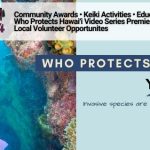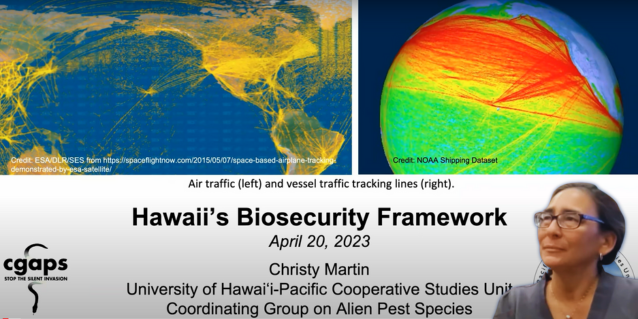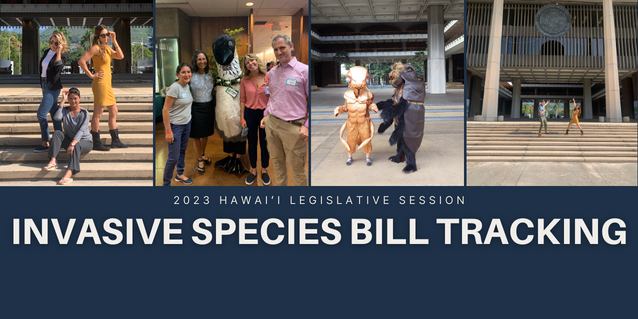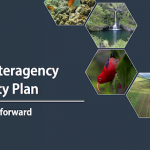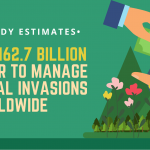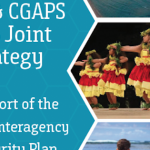🏆 2024 HISAM Awardees & Governor’s Proclamation We are thrilled to recognize the following individuals and organizations for their dedicated efforts to combat invasive species. Meeting these community heroes in ...
Read More HISAM 2024 Awards
slider
This May, the Hawaiʻi Invasive Species Council proudly announces the commencement of Hawaiʻi Invasive Species Awareness Month (HISAM) 2024. This year’s theme, ‘Who protects Hawaiʻi? You do. Invasive species is ...
Read More May is Hawaiʻi Invasive Species Awareness Month
In a proactive response to the increasing threats posed by invasive species in Hawai’i, the HISC/CGAPS Outreach Working Group is sharing Best Management Practices (BMPs) for the prevention of inter-island ...
Read More Invasive Species Prevention BMPs from the HISC/CGAPS Outreach Working Group
HISC Brown Bag Presentation Series #33 HAWAIʻI BIOSECURITY FRAMEWORK (AKA INAVSIVE SPECIES 101) Presenter: Christy Martin, Coordinating Group on Alien Pest Species Watch Presentation on YouTube The Hawaiʻi Invasive Species Council ...
Read More Brown Bag #33- HAWAIʻI BIOSECURITY FRAMEWORK (AKA INAVSIVE SPECIES 101)
2023 Hawaiʻi Legislative Session Update The 2023 legislative session is underway and we are following a number of invasive species related bills as they move through the committees. You can follow along on the HISC Invasive Species Bill Tracking ...
Read More Hawaii Legislature 2023 Invasive Species Bill Tracking
Thanks to the work of teams at HDOA, DLNR, DOH, UH, and other partners, implementation on 65% of the 147 action items identified in the Hawaiʻi Interagency Biosecurity Plan has ...
Read More January 2022 Biosecurity Plan Progress Report
Check out this new video from our partners at the Big Island Invasive Species Committee. First detected in 2016 in South Kona, by 2021 the twolined spittlebug (TLSB) had impacted ...
Read More New Video: Pest in Paradise – Two Lined Spittle Bug
We have known that invasive species cost money to control in addition to the costs associated with impacts to human health, the economy, and environment, but a global cost estimate ...
Read More HISC NEWS – How much are invasive species costing us?
WHAT IS BIOCONTROL? Classical biological control (biocontrol) is the selection and introduction of a natural enemy of an invasive plant or insect pest which suppresses that pest in its home ...
Read More How Biocontrol Helps Hawaiʻi ~ New Video!
After approximately a year of stakeholder engagement and collaborative priority setting, the Hawai‘i Invasive Species Council (HISC) and the Coordinating Group on Alien Pest Species (CGAPS) are pleased to announce ...
Read More Joint 2025 Strategy for HISC & CGAPS Finalized and Released

